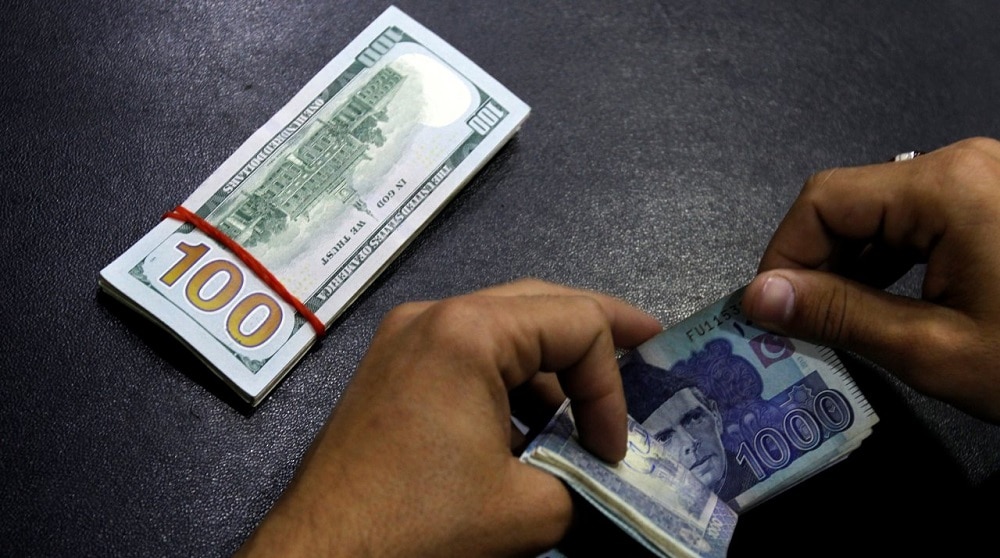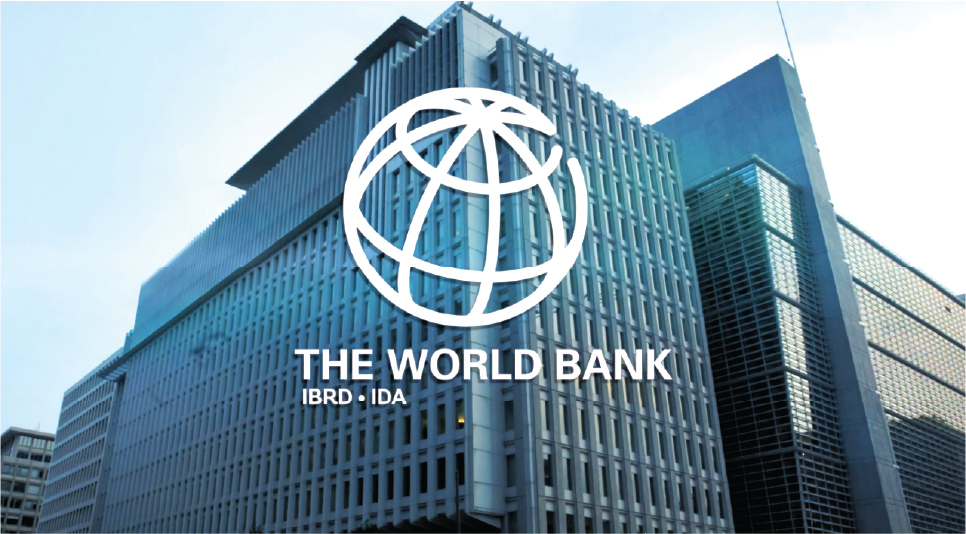PTBP Web Desk
The Pakistani rupee opened the week with a steady performance against the US dollar, showing a minor appreciation during the early hours of trading in the interbank market on Monday. As of 10:05 AM, the local currency was trading at 281.63, registering a gain of Re0.03 or 0.01% against the greenback, according to data from the State Bank of Pakistan (SBP).
This slight uptick continues the rupee’s trend from the previous week, where it posted a marginal gain of Re0.05 or 0.02%, closing at 281.66 compared to 281.71 the week prior. Analysts attribute the stability of the rupee to continued foreign exchange reserves support, controlled demand for imports, and tight monetary policy maintained by the SBP.
Despite limited fluctuations, the rupee’s performance signals investor confidence in Pakistan’s currency market. The country has been benefiting from a relatively stable external account, increased remittance inflows, and improved macroeconomic indicators, which have collectively supported the rupee in recent weeks.
Currency traders suggest that unless there are external shocks or significant policy shifts, the rupee will likely maintain its current trajectory. However, they also caution that global financial developments could influence short-term movement.
Internationally, the US dollar saw a softening trend in early Asian trading as markets responded to a surprise downgrade of the United States’ sovereign credit rating by Moody’s. This marks the last of the three major credit rating agencies to take such a step, citing concerns over America’s rapidly growing national debt, which now stands at $36 trillion.
The downgrade has cast a shadow over recent economic optimism, with investors reassessing risk and looking to safe-haven assets like the Japanese yen and the Swiss franc. The dollar fell by 0.3% against the yen to 145.22 and lost 0.2% versus the Swiss franc.
Adding to the pressure on the dollar is ongoing political uncertainty in the US. US Treasury Secretary Scott Bessent, in a series of Sunday interviews, reiterated President Donald Trump’s intent to impose tariffs on trade partners not negotiating “in good faith.” These remarks have stoked fresh fears of a trade war revival, particularly with China.
Further complicating the US economic outlook is Trump’s proposed tax cut bill, which faces pushback from within his own party. Critics argue the bill could inflate the national debt by an estimated $3 to $5 trillion over the next decade.
Oil prices, which often serve as a barometer for global economic sentiment and influence currency values, remained relatively unchanged on Monday. Investors are keeping a close eye on the Iran-US nuclear negotiations and key economic data from China, the world’s largest oil importer.
As of 00:22 GMT, Brent crude futures slipped 5 cents to $65.36 per barrel, while West Texas Intermediate (WTI) crude edged up 3 cents to $62.52 per barrel. The more active July WTI contract fell 4 cents to $61.93.
These movements come after both contracts posted over 1% gains last week following a 90-day trade truce agreement between the US and China. Market participants are cautiously optimistic but remain alert to any shifts in geopolitical dynamics that could disrupt energy supply or demand.




